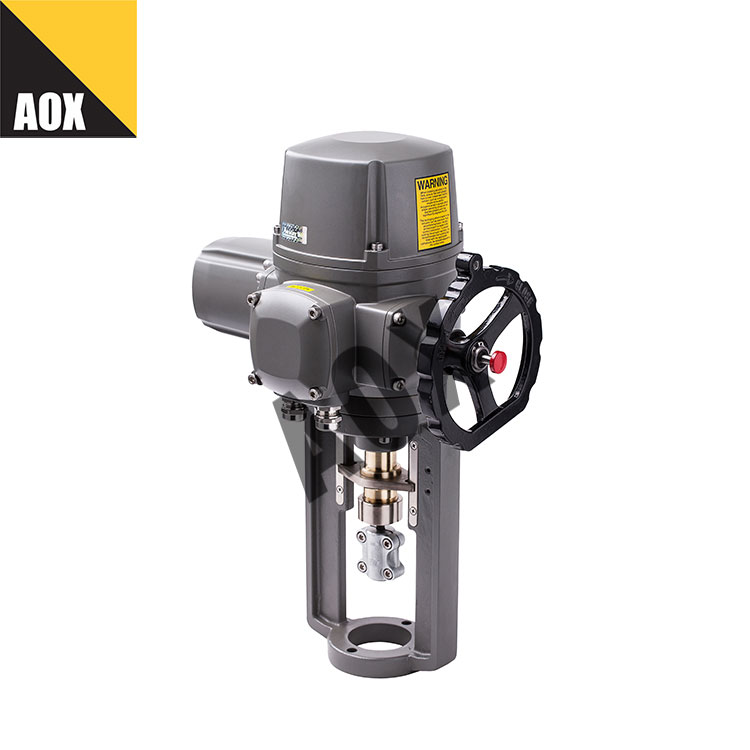Are there any limitations or performance differences between waterproof and non-waterproof versions of the actuator?
2023-10-16
There can be limitations and performance differences between waterproof and non-waterproof versions of an actuator. The differences primarily stem from the additional design features and materials incorporated into the waterproof version to make it suitable for use in wet or harsh environments. Here are some common limitations and performance differences:
1. IP Rating and Environmental Protection: The most apparent difference is the IP rating. Waterproof versions have higher IP ratings, indicating better protection against water and dust ingress. Non-waterproof versions may not have the same level of protection and could be more susceptible to damage from moisture and contaminants.
2. Materials and Corrosion Resistance: Waterproof actuators often use corrosion-resistant materials like stainless steel, anodized aluminum, or high-strength plastics to withstand exposure to water and other corrosive substances. Non-waterproof actuators may use standard materials, which may not be as durable in harsh environments.
3. Sealing Mechanisms: Waterproof actuators have enhanced sealing mechanisms, such as gaskets and O-rings, to prevent water from entering critical internal components. Non-waterproof versions may lack these seals, making them less suitable for use in wet or dusty environments.
4. Operating Temperature Range: Waterproof actuators are often designed to operate within a wider temperature range to accommodate extreme weather conditions. Non-waterproof actuators may have a more limited temperature range.
5. Application Limitations: Waterproof actuators are well-suited for outdoor and marine applications, where they may be exposed to rain, humidity, or even submerged in water. Non-waterproof actuators are more suitable for indoor use or applications where environmental protection is not a concern.
6. Cost: Waterproof actuators typically require additional design features and materials, which can make them more expensive than their non-waterproof counterparts.
7. Weight and Size: Due to the use of more robust materials, waterproof actuators may be slightly heavier or larger than non-waterproof versions.
When selecting an actuator, it's essential to consider the specific requirements of your application and the environmental conditions it will be exposed to. If the application demands protection against water and other contaminants, choosing a waterproof actuator with an appropriate IP rating is crucial to ensure reliable and long-lasting performance. On the other hand, if environmental protection is not a significant concern, a non-waterproof actuator may suffice and could potentially be more cost-effective.



